
Australia Faces Rising Wave of AI-Driven Cyber Threats in 2025
Australia is facing a surge in AI-driven cyberattacks, from deepfake phishing and malware development to supply chain compromises. With over

Australia is facing a surge in AI-driven cyberattacks, from deepfake phishing and malware development to supply chain compromises. With over
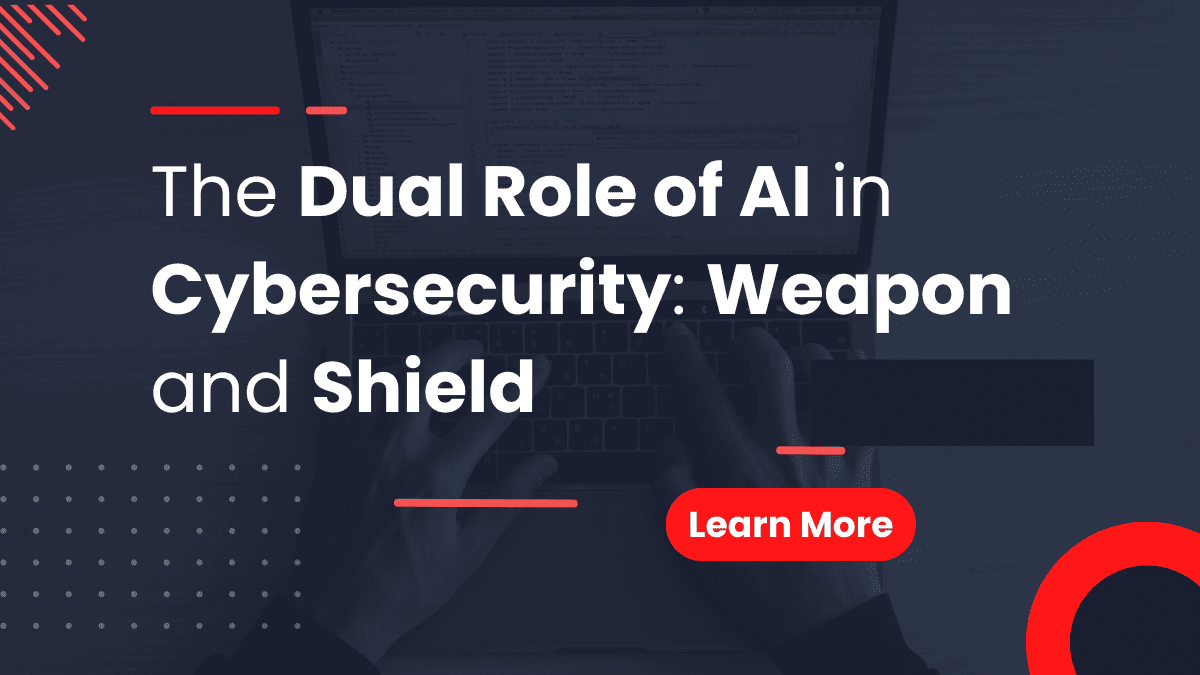
AI hacking has moved from speculation to reality, enabling deepfake phishing, automated malware, and large-scale social engineering. While defenders deploy
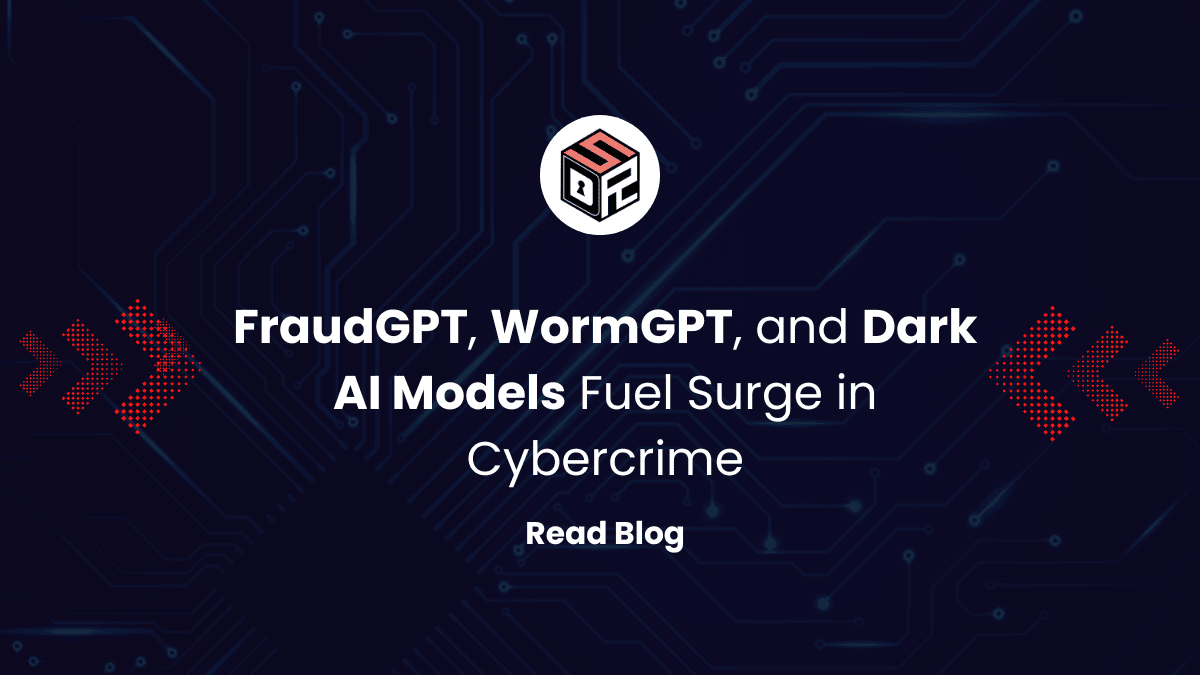
Malicious AI models like FraudGPT, WormGPT, and PoisonGPT are reshaping cybercrime, enabling scalable phishing, malware generation, and disinformation. Unlike mainstream
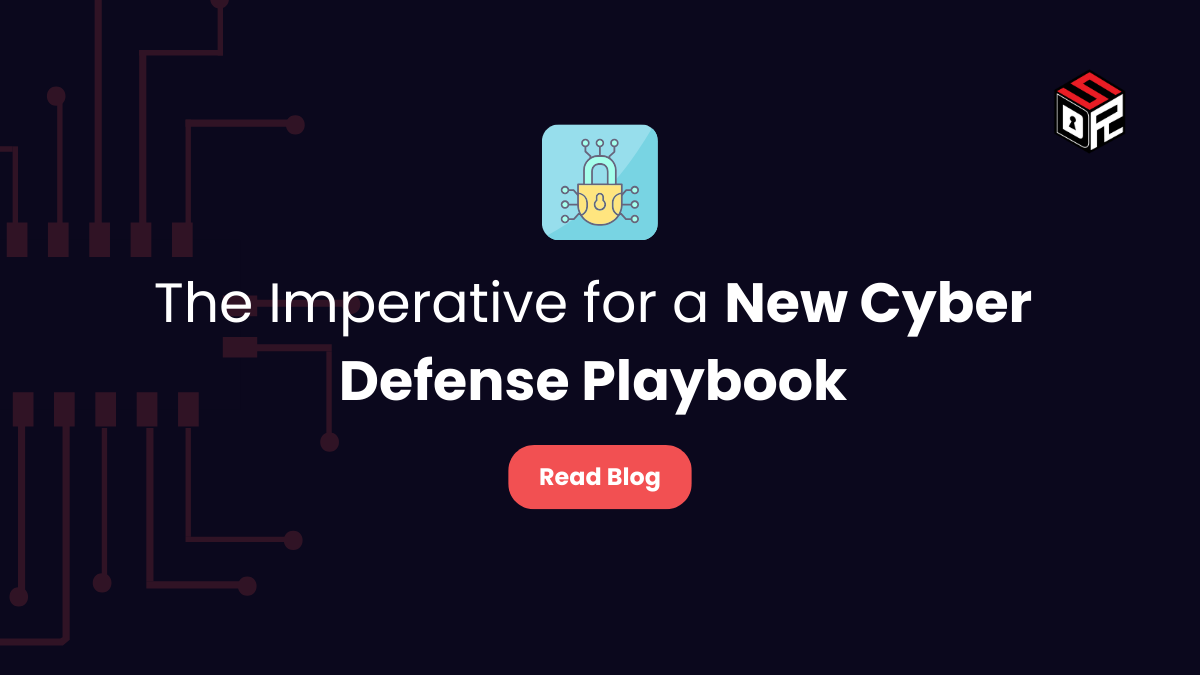
Traditional cybersecurity models are failing against AI-driven threats, workforce fatigue, and complex tool sprawl. From adaptive malware and deepfake phishing
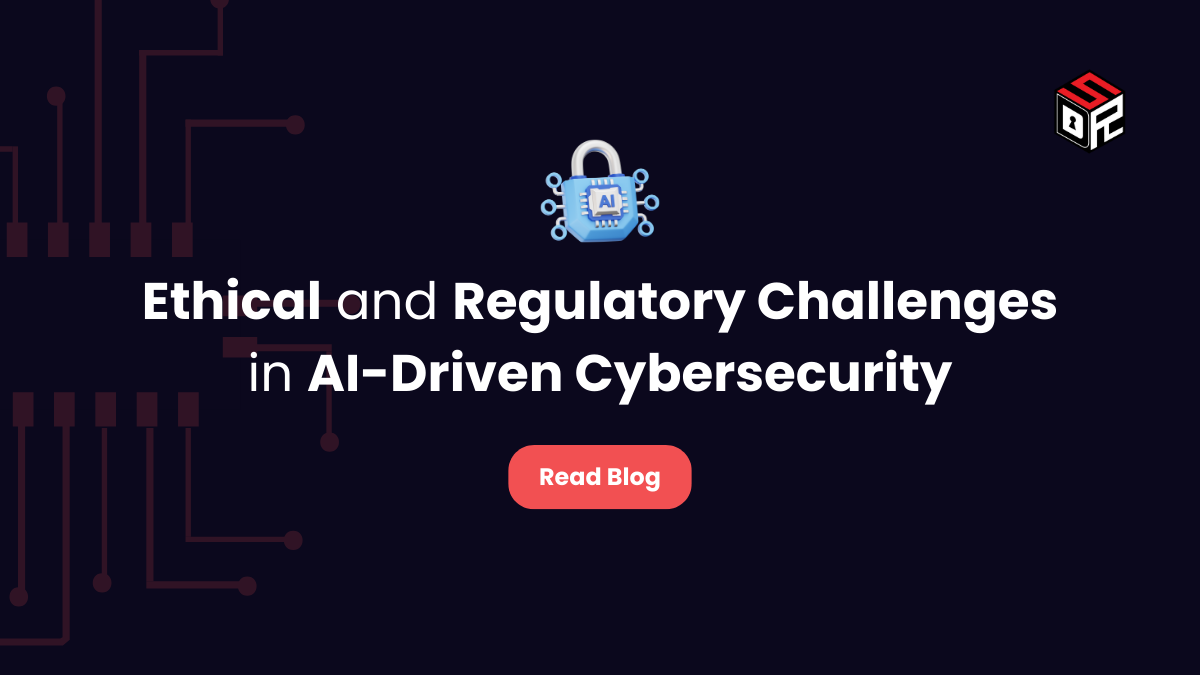
As AI becomes central to cybersecurity, it is also weaponized for deepfakes, adaptive malware, and phishing. Organizations now face ethical
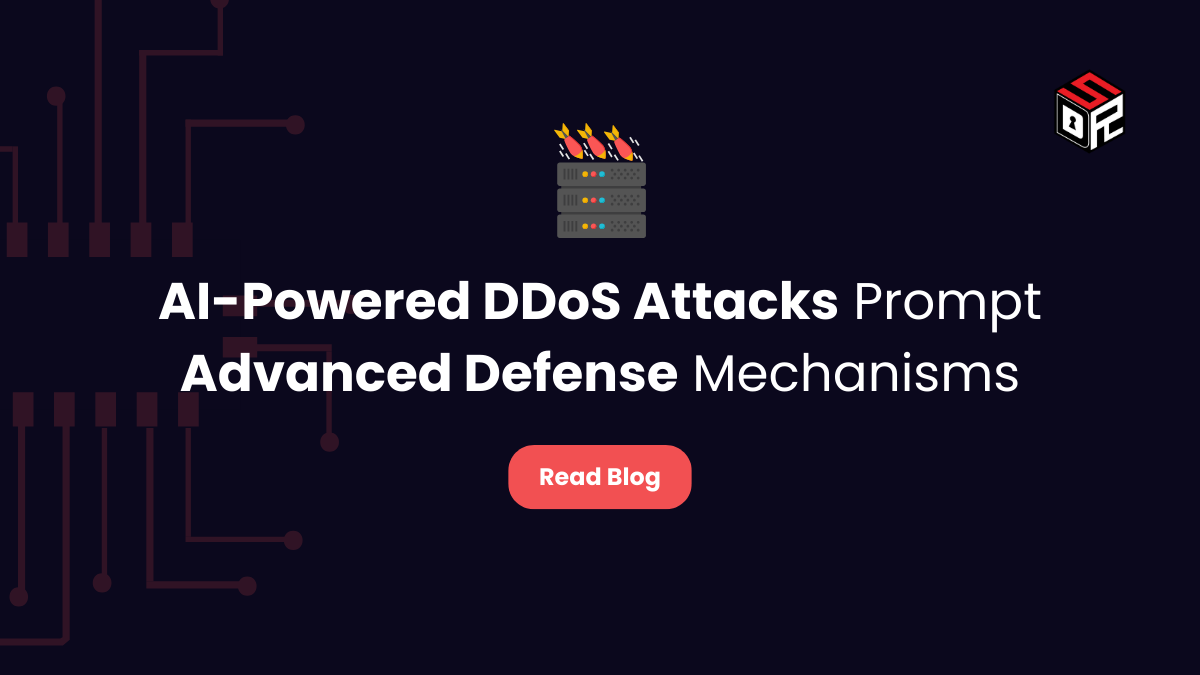
AI-powered DDoS attacks are reshaping the cybersecurity landscape, replacing brute-force floods with adaptive, machine-led precision. By mimicking legitimate traffic and

New research from Horizon3.ai, WEF, Trend Micro, and others shows a widening gap between cybersecurity strategies and real-world results. CISOs

The National Institute of Standards and Technology (NIST) has released a concept paper proposing control overlays to secure artificial intelligence

Supply chain security has become a top cybersecurity priority in 2025. Weak vendor defenses, low visibility, and nation-state attacks are

Quantum Key Distribution (QKD) is often described as unbreakable, but recent research exposes flaws in real-world systems. From photorefraction and
Subscribe to the Daily Security Review Email Briefing to stay informed on the latest threats, trends, and technology, along with insightful columns from industry experts.